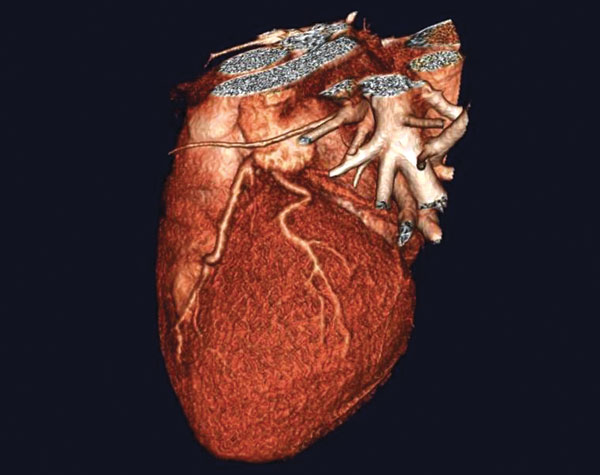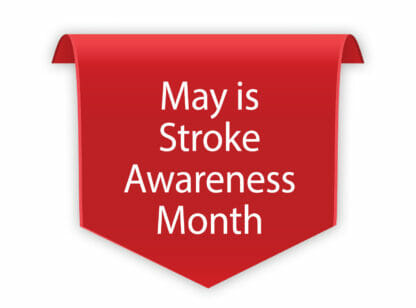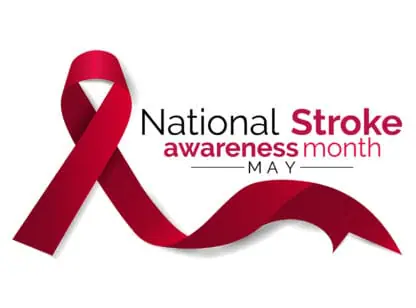Blood clots are part of our natural healing process. Yet they can also negatively affect our bodies leading to serious health conditions and even death. Over 100,000 Americans die from blood clots each year.1
Blood clots occur when there is an accumulation of particles in the blood that stick inside the blood vessel. This accumulation can be caused by: slow blood movement, blood vessel damage or injury, or a buildup of plaque.1 Blood clots found in veins are called Deep Vein Thrombosis (DVT) and most commonly form in the legs, arms and groin. Occasionally, they break loose and cause life threatening complications such as a Pulmonary Embolism (PE).6 Therefore, it is important to be aware of your body and have a good understanding of how to prevent blood clots.
Movement for Life
Research shows that prolonged inactivity, a sedentary lifestyle or a period of immobilization (especially after surgery or an intercontinental plane ride), can significantly increase the risk for blood clots; therefore, simple body movement can improve blood flow and lessen the chances for blood clots to
form.1-4 Movement can consist of walking or simple ankle movements if required to sit for a long period of time.1, 3,4 The goal should be to move (at least once) every hour of every day.
Know Signs and Symptoms
Blood clots are not always easy to detect; however, the most common signs and symptoms of deep vein thrombosis clots is surface skin that is red, hot, swollen and tender to the touch.2-5 Pulmonary embolisms on the other hand reflect nonspecific increase in heart rate, shortness of breath and fatigue.5-6
Plan Ahead
Blood clots have been shown to be more common in individuals with a history of cancer, or recent surgery. Also, individuals older than 60 and females taking birth control can be at higher risk.1-4 If you are at high risk, make sure you plan ahead and are in continual contact with your physician for appropriate medical management. If the doctor prescribes blood thinner medications, make sure you take them as prescribed.
Live Healthy
Several risk factors such as smoking, being overweight or dehydrated, have shown to increase probability for blood clots.1-4,6 Regular physical activity and a proper diet (with emphasis on reducing salt) can reduce the risk for blood clots.3,6
Understanding what blood clots are and how to prevent them can reduce your risk by up to 75%.4 Therefore, if you are having surgery, or you are over 60 and/or overweight, or simply planning travel that requires a long plane ride, make sure you have an open discussion with your doctor and your physical therapist on risk factors and what type of medical management and movement is best for you to reduce the possibility of forming blood clots.
Luke Gentry received his Bachelor of Human Kinetics with emphasis in Kinesiology at Trinity Western University and his Doctorate of Physical Therapy from Azusa Pacific University. Luke has continued his education completing an Orthopedic Residency and becoming a Board Certified Orthopedic Specialist. Luke can be contacted at: Avid Physical Therapy (760)202-0368, luke@avidphysicaltherapy.com.
References: 1) Avoid Damaging and Deadly Blood Clots. Harvard Heart Letter. www.health.harvard.edu. May 2009; 2) Blood Clot Prevention. Life Extension. http://www.lef.org; 3) How to prevent a blood clot. Healthy Living. www.health.com; 4) Scarvelis D, Wells PS. Diagnosis and treatment of deep-vein thrombosis. CMAJ 2006; 175(9):1087-1092; 5) Wells, P.S., Anderson, D.R., Rodger, M., et al. Derivation of a simple clinical model to categorize patients probability of pulmonary embolism: Increasing the model’s utility with the SimpliRED D-dimer. J Thromb Haemost 2000;83(3):416-420; 6) Wittkowsky, Ann, et. al. Your Guide to Preventing and Treating Blood Clots. Agency for Healthcare Research and Quality, August 2008.












































Comments (0)